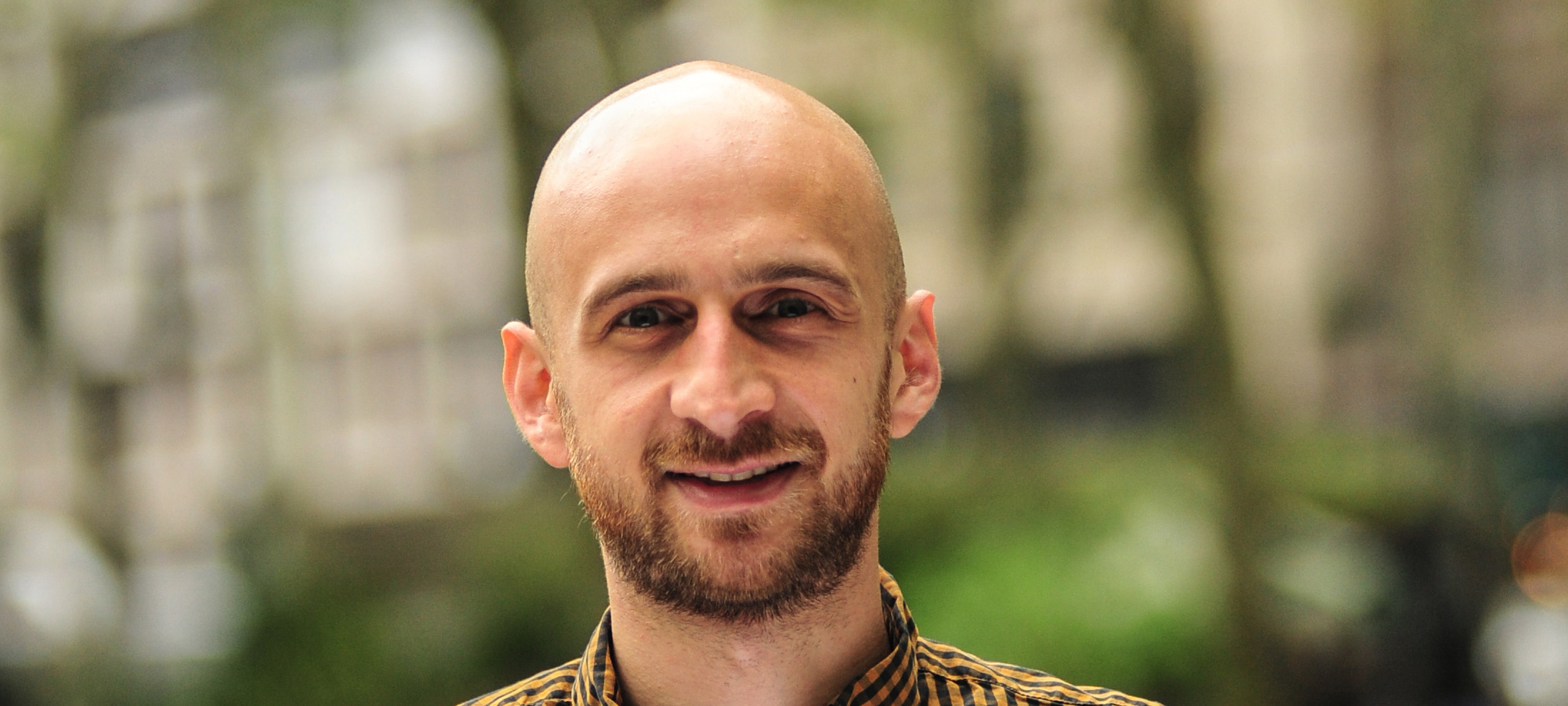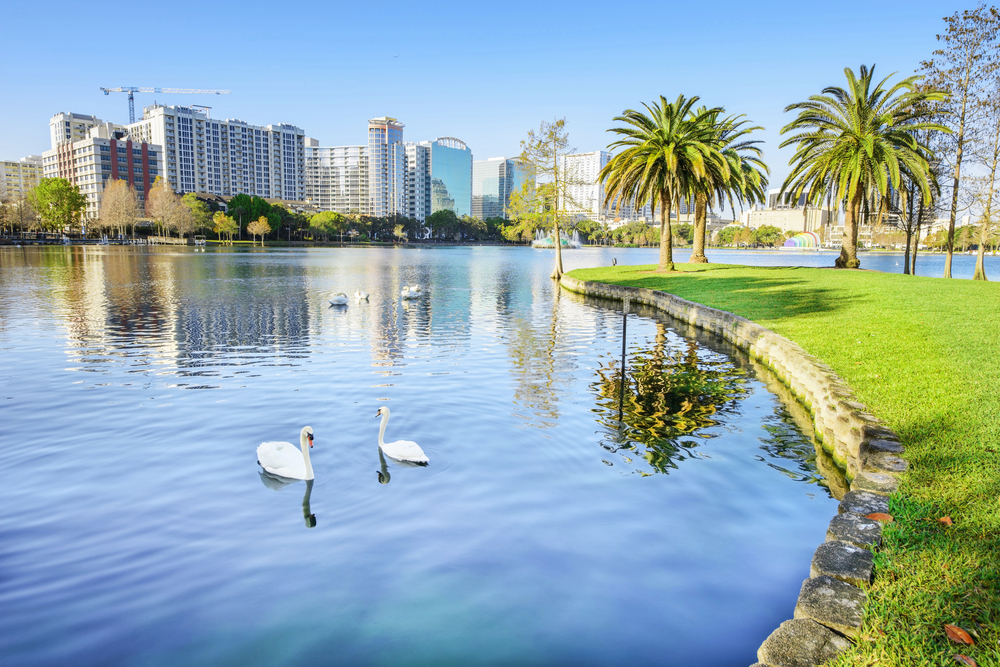- Average city commutes could be 11 minutes longer by 2030 due to congestion
- Drones and flying taxis can de-congest cities but airspace must be made safe by Digital Twin modelling
- ‘Skyways’ can enable high rise living and working to be made complete
Leading NASA scientists and engineers have heard how city airspace can counter ground level congestion and carbon emissions, now made worse by booming online orders and deliveries.

Image – How Cityzenith’s Digital Twin technology SmartWorldOS might simulate air flow above and around cities
World Economic Forum statistics show conventional delivery vehicle numbers soaring 36% by 2030 in the world’s 100 largest cities, with all urban delivery traffic rising 32% and congestion up 21%, adding 11 minutes to an average daily commute.
The solution lies above, using drones and air taxis says Digital Twin pioneer Cityzenith, one of just 10 innovative US companies invited to present to a prestigious ‘Ignite the Night: Aeronautics’ NASA iTech virtual event yesterday (April 13, 2021).
Speaking with a video backdrop showing how his company’s SmartWorldOS™ can already 3D model the minutiae of mega cities like New York, London or Tokyo, Cityzenith CEO Michael Jansen told the judging panel:
“Digital twins are virtual replicas of real things connected to tons of data and powered by analytics, and they can show us how to better plan, build, and run our cities. Think of our SmartWorld as like SimCity, but for real cities, using real data from multitudes of sources to solve real-world problems.”
He added that he has discussed this advanced technology with NASA engineers for some time, “to simulate drone routes, optimize traffic patterns, and model weather conditions in airspace above cities, especially between high buildings where microbursts can threaten drones and air taxis.”
He also answered the judges’ questions, notably how an independent Digital Twin player like Cityzenith has been mentioned alongside multinationals such as Siemens, Autodesk, ESRI, Dassault, and Bentley. Jansen said afterwards:
“A great question. We designed our product to be a true platform technology, not a proprietary stand-alone product, capable of integrating a multitude of common existing CAD, GS, and BIM modelling products into a single shared 3D city environment powered by AI.
“Think of us like SimCity, but for real cities with real data solving real problems. We can model, adapt and help de-carbonise entire cities, infrastructures, energy projects and, as we have shown today, map the skies.
“It’s a dream dating back to the ground-breaking 1927 movie ‘Metropolis’ and many sci-fi classics since then, but now set to come true.
“Conventional air traffic control simply cannot drill down to the complexity needed for busy yet safe ‘skyways’ routing a myriad of delivery drones as proposed by Amazon and others, or low to zero carbon ‘air taxis’ now being designed to liberate city dwellers from ground level congestion.
“It will open a whole new dimension to city life; no longer will high-rise living and working mean people must literally come down to earth to go elsewhere.
“NASA introduced the air taxi concept in 2001 and the race is now on to create the first viable electric machines in a market tipped to grow 26.2% annually to $6.63 billion by 2030* - I know we can help make that happen.”





